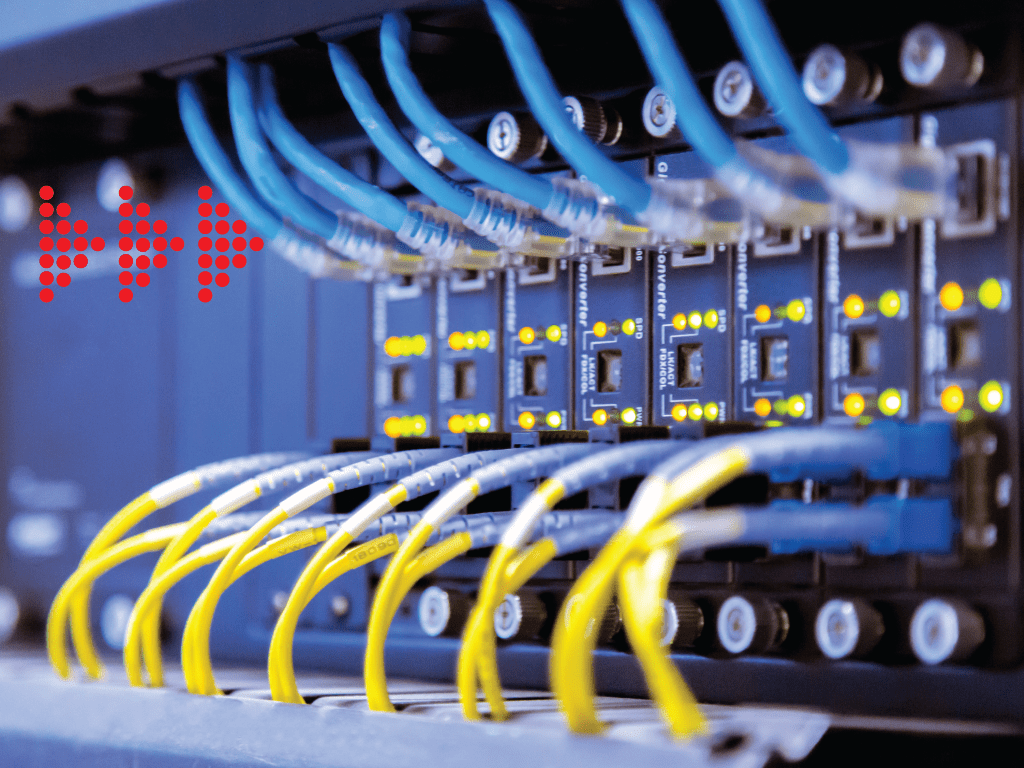You feel like a mess of numbers and disguises when you hear someone talk about IP addresses. This is normal. Mastering IP Subnetting is no joke but don’t despair: this ultimate ip subnet cheat sheet will make the process less of a daunting mystery! You’ll be able to recognize and decipher subnets using this guide. No matter if you consider your experience in networking advanced or you’re just starting out – all network admins should understand the basics of IP addressing and how it works in order for their own networks to be functioning properly.

Subnetting with IP, which permits IT professionals and network administrators to manage and optimize the resources of networks, is a vital expertise. In order to help you navigate the maze of subnetting we have created an ultimate guide to subnetting. If you’re just beginning or simply need a quick reference This extensive guide will provide you with the knowledge and skills required for successful IP subnetting.
I. Understanding IP subnetting:
IP subnetting is the process of subdividing a network into smaller subnetworks, known as subnets, to boost the efficiency of the network and to manage IP address allocation. This is done by creating logical subnets within a large network and assigning IP addresses that are unique to each. This enables efficient data routing and increases security.
II. Subnetting cheat sheet is essential:
A subnetting cheatsheet can be a valuable tool for administrators of networks. It’s a helpful source of formulas as well as rules and subnetting techniques. This allows subnetting to be more efficient and more accurate. If you’re looking to determine subnet masks or subnet ranges, calculate host and network ranges or perform subnetting calculations, keeping a cheat sheet on your desk will save you time and assure accuracy.
III. IP Subnet cheatsheet: Key elements
1. Subnet Mask Subnet Mask used to identify the host and network parts of an IP address. The cheat sheet offers an easy way to find the subnet mask using the number of bits in a network.
2. Network Address Network Address: This is the address that represents the subnet’s base. It’s used to identify the subnet within an overall network.
3. Broadcast Address (also known as the broadcast address) Broadcast Address: This is the most high-level of addresses in a subnet. It is utilized to communicate data to all devices within that subnet.
4. Host Range The host range comprises every valid IP address that can be assigned to devices in a subnet. This excludes the broadcast and network addresses.
5. CIDR notation: Classless interdomain routing (CIDR), which is indicated by the slash symbol (/) and followed by the number network bits, symbolizes the subnet mask. The cheat sheet offers a conversion table for quick review.
IV. Tips and techniques to subnetting success
1. Subnetting by hand The cheatsheet subnet offers steps-by-step directions for subnetting. It doesn’t need calculators or subnetting software. The fundamentals of subnetting will allow you to confidently tackle subnetting challenges.
2. Variable Length Subnet Masking (VLSM) VLSM allows for the allocation of different-sized subnets within a network. The cheat sheet subnet offers guidelines on how to use VLSM efficiently to maximize IP address allocation.
3. Understanding binary to decimal conversions is important to subnetting. The cheat sheet provides a conversion table and tips to quickly convert binary numbers into decimal.
4. Subnetting Quick Reference Chart The cheat sheet includes an illustration of subnetting, which maps the number of bits in a network to the mask of the subnet, the number of subnets and the number of hosts in each subnet.
5. Subnetting examples The cheat sheet offers practical examples of subnetting as well as samples of problems. It helps you strengthen your understanding and develop your skills.
V. Benefits of subnetting using a cheat sheet:
1. Subnetting can save time Subnetting cheatsheets help you to perform calculations accurately and quickly, saving you valuable time while doing admin tasks on your network.
2. Efficiency and accuracy The cheat sheet is an accurate resource that minimizes the risk of error during subnetting calculations. It also ensures the efficient utilization of the network resources.
3. Learning Aid: The cheatsheet functions as a learning aid that can assist you in understanding subnetting concepts. This cheat sheet can help you understand subnetting concepts and make it easier to utilize it.
With a thorough understanding of IP subnetting IT experts can quickly configure networking systems and efficiently maintain IP networks. It is likely that you have gained useful knowledge on how to build subnets, manage them, and analyse them when needed. While IP subnetting might not require a deep knowledge of the basics of networking yet, it’s essential to review them first to be able to comprehend the software. As with any IT technique, practice makes perfect. Be sure to regularly work through the IP subnetting Cheat Sheet exercises so that you understand the subject. Best of luck!